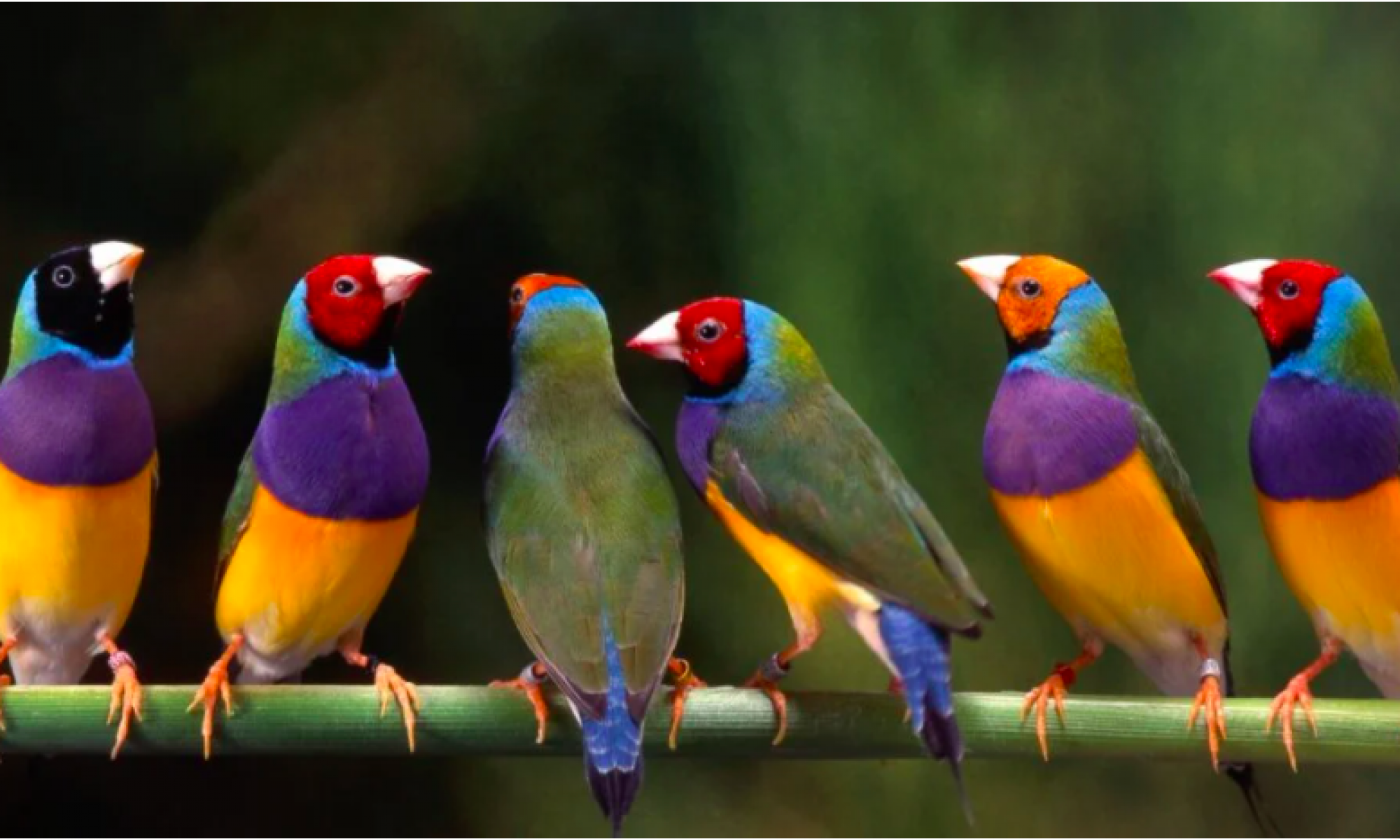What are the most significant risks that could jeopardize the success of the project? How are these risks being managed? What contingency plans are ready?
Our most significant risk is not putting adequate time into the presentation of our project. It is easy to spend all our time making marginal improvements on the device, but at this point, our system is mostly finished. The poster, demo, and final report are substantial amounts of work. It is important that we begin working on these assignments in parallel with our current testing and adjustment.
Were any changes made to the existing design of the system (requirements, block diagram, system spec, etc)? Why was this change necessary, what costs does the change incur, and how will these costs be mitigated going forward
After the final presentation, Professor Savvides advised us that one camera would be sufficient for our proof of concept and that we shouldn’t waste resources adding the second camera. This update will save us time and money down the stretch.
Provide an updated schedule if changes have occurred.
- Sunday-Tuesday: Poster + Test
- Wednesday-Saturday: Report + Demo
